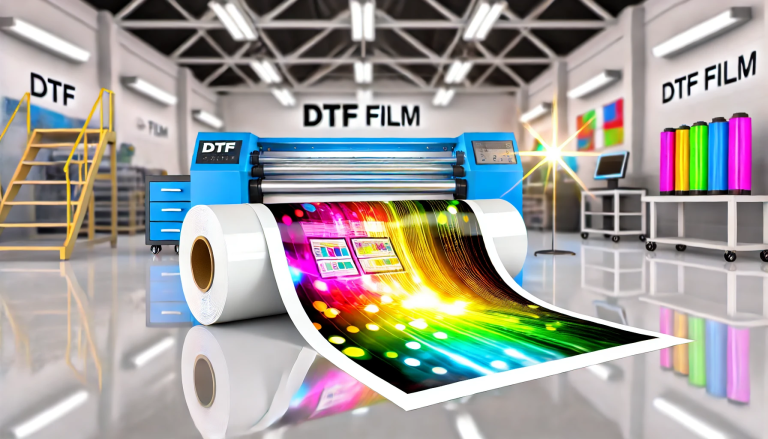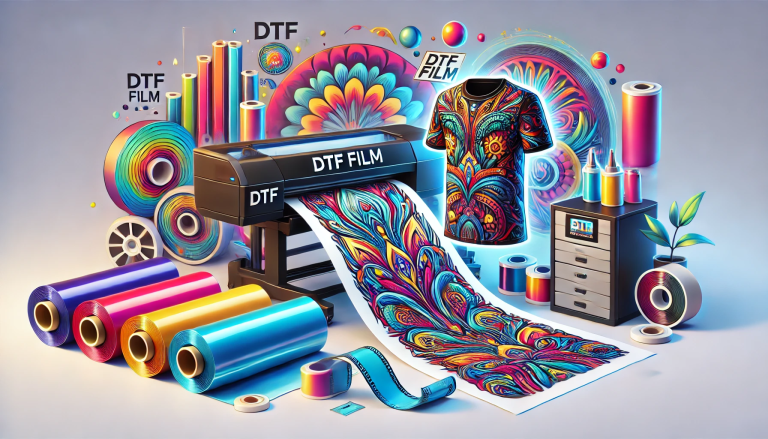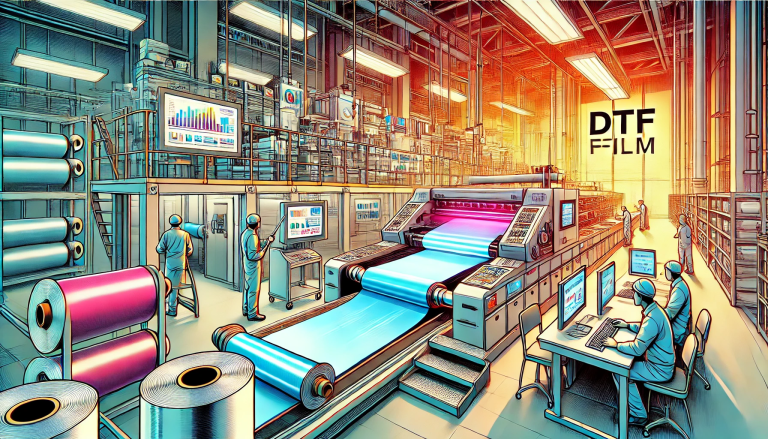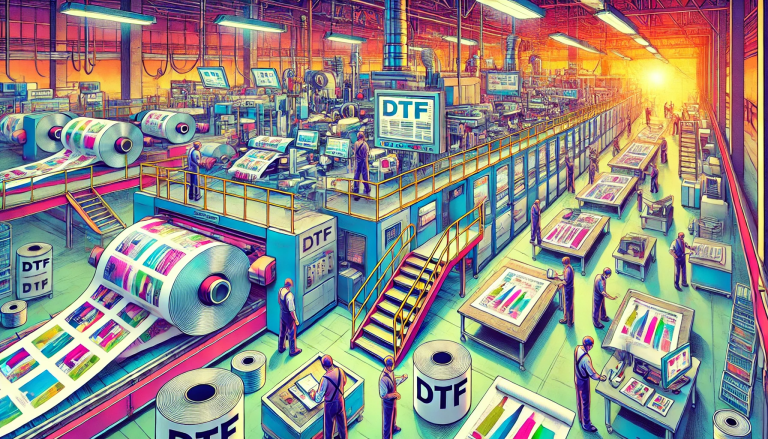“Is UV DTF Film Reusable? Exploring the Possibilities” -MAXDTF- UV DTF Transfer AB Decal Manufacturer, UV DTF Adhesive Transfer Paper Manufacturer, Made in China
Introduction:
UV DTF (Direct-to-Film) printing is a popular method for creating vibrant and high-quality prints on a variety of substrates. However, one question that often arises is whether UV DTF film is reusable. In this article, we will delve into the topic and explore the possibilities of reusing UV DTF film. By understanding the nature of UV DTF printing and the characteristics of the film, we can determine whether it can be reused effectively.
Part 1: Understanding UV DTF Printing
To grasp the concept of reusability, it is essential to understand how UV DTF printing works. UV DTF printing involves the use of specialized inkjet printers and UV curable inks to transfer designs onto a film. The film acts as a carrier, holding the ink until it is transferred to the desired substrate using heat and pressure. The UV curable inks are cured instantly using UV light, resulting in durable and vibrant prints.
Part 2: The Composition of UV DTF Film
UV DTF film is typically made of a polyester or polyurethane material that has been coated with a special layer designed to receive the UV curable inks. This coating allows the ink to adhere to the film effectively. Additionally, the film may have a release layer that helps in the transfer process, ensuring that the ink is released onto the substrate during application.
Part 3: Factors Influencing Reusability
Several factors influence the reusability of UV DTF film:
- Ink saturation: UV DTF film can become saturated with ink after multiple uses, affecting its ability to transfer ink effectively. Over time, the film may develop a buildup of ink, resulting in diminished print quality and reduced adhesion to the substrate.
- Damage and wear: Repeated use can lead to physical damage and wear on the film, such as scratches or tears. These imperfections can impact the transfer process and compromise the quality of subsequent prints.
- Adhesive properties: Some UV DTF films have adhesive properties that allow them to adhere to the substrate during application. With multiple uses, the adhesive properties may weaken, resulting in poor adhesion and unsuccessful transfers.
Part 4: Reusing UV DTF Film
While UV DTF film is not designed for extensive reuse, there are certain scenarios where limited reuse is possible. Here are some considerations for reusing UV DTF film:
- Light ink applications: If the initial print job involved light ink coverage, the film may retain its adhesive properties and can be reused for subsequent prints. However, it is essential to ensure that the film is clean and free from any excess ink or debris that could affect the transfer process.
- Proper handling and storage: To maximize the potential for reusability, handle the UV DTF film with care to avoid scratches or tears. After each use, clean the film thoroughly and store it in a clean and dust-free environment. This helps maintain the integrity of the film and reduces the risk of contamination.
- Test prints: Before attempting to reuse UV DTF film, perform test prints to assess its ink-carrying capacity and adhesive properties. This allows you to evaluate the film’s condition and determine if it is suitable for reuse.






